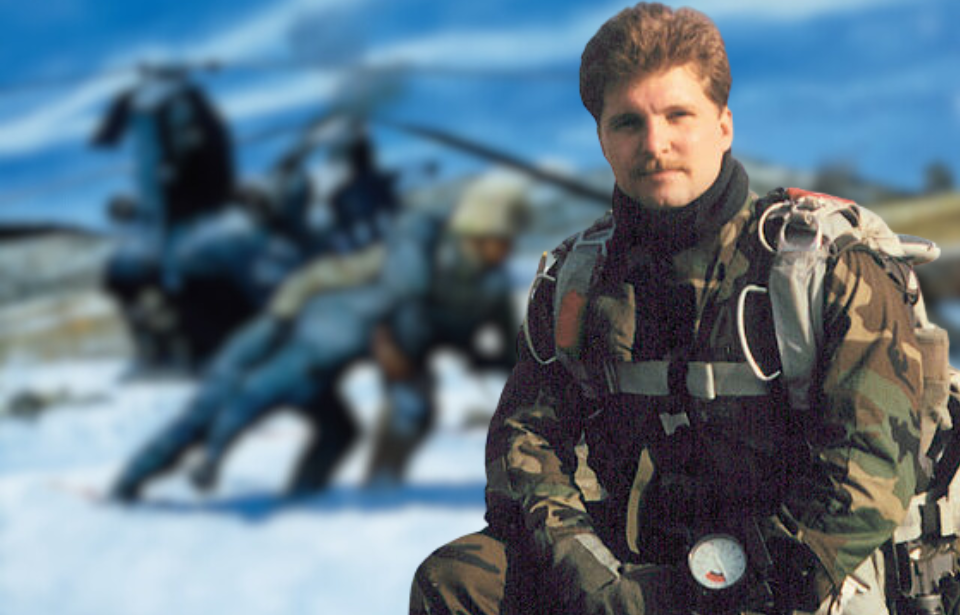Countless acts of battlefield courage go unseen or unacknowledged, sometimes for years—Master Sgt. John Chapman’s story is a powerful example. During the harrowing Battle of Takur Ghar in Afghanistan, he displayed incredible bravery under fire. But it wasn’t until 16 years later, after a thorough review of drone footage and military reports, that the true depth of his heroism was fully understood. His selfless actions in the face of overwhelming danger eventually earned him the Medal of Honor—an honor awarded posthumously, and long overdue.
John Chapman’s entry into the US Air Force
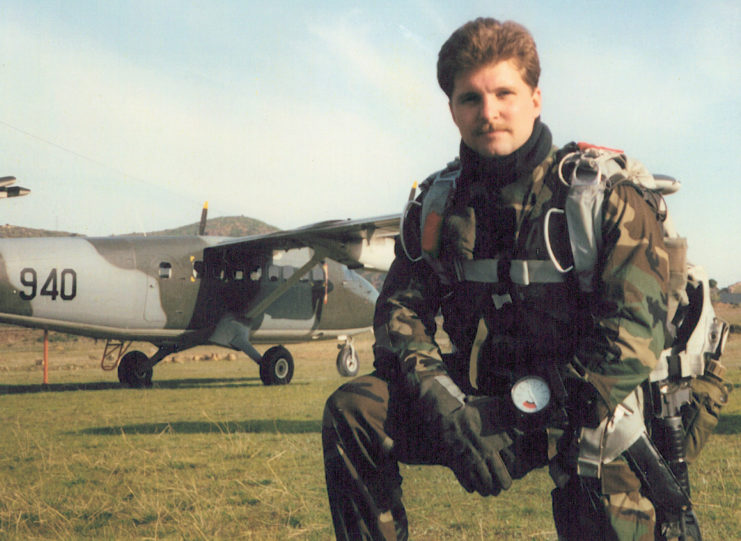
John Chapman was born in 1965 in Springfield, Massachusetts, and later moved to Connecticut, where he graduated from Windsor Locks High School in 1983. Two years after that, he enlisted in the US Air Force during the Cold War. At that time, the Soviet Union was engaged in a conflict in Afghanistan’s mountainous regions, a conflict that would later parallel America’s own military experience in the same difficult terrain less than twenty years later.
Chapman went through training as a combat controller, focusing on coordinating fire support for ground operations, which ultimately led him to join the special operations community. He was assigned to the 24th Special Tactics Squadron at Pope Air Force Base in North Carolina.
Following the September 11th attacks, as the US geared up for military action, Chapman was sent to Afghanistan, where he would soon leave his mark on military history.
Operation Anaconda
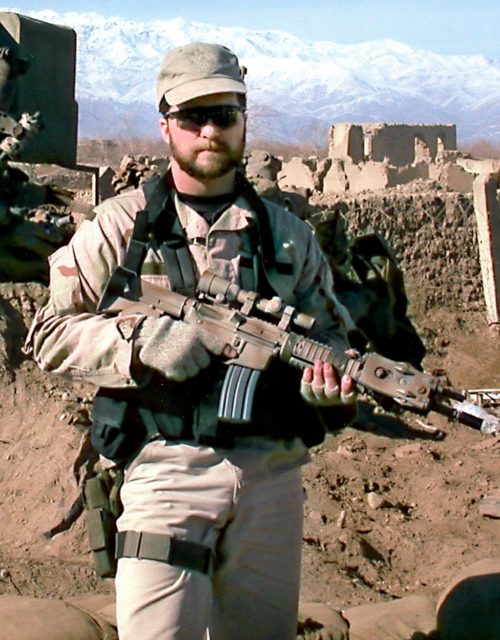
In March 2002, as the American invasion of Afghanistan pushed deeper into the country, Taliban and Al-Qaeda fighters used the rugged, mountainous landscape to their advantage, blunting the coalition’s edge in technology and firepower.
To root out these entrenched fighters, the military launched Operation Anaconda, a large-scale offensive aimed at clearing enemy positions in the Shahi-Kot Valley and the surrounding Arma Mountains. On March 4, U.S. Air Force combat controller John Chapman joined a team of US Navy SEALs aboard an MH-47E Chinook helicopter for a high-stakes mission that quickly escalated into the infamous Battle of Takur Ghar—one of the most grueling and debated clashes of the Afghan War.
Despite detailed planning, the team encountered fierce resistance from a fortified Al-Qaeda position at the summit of Takur Ghar. The ensuing firefight resulted in multiple casualties and raised difficult questions about command decisions and mission risk. The battle has since become a defining and controversial moment in the history of U.S. Special Operations.
Battle of Takur Ghar
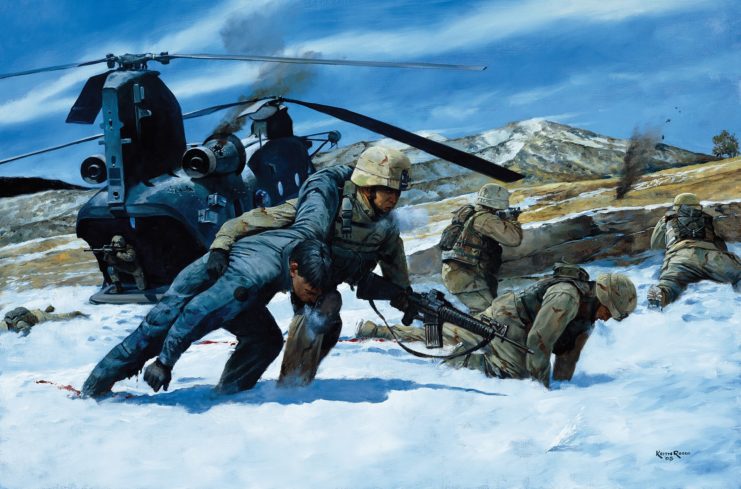
Controversy arises
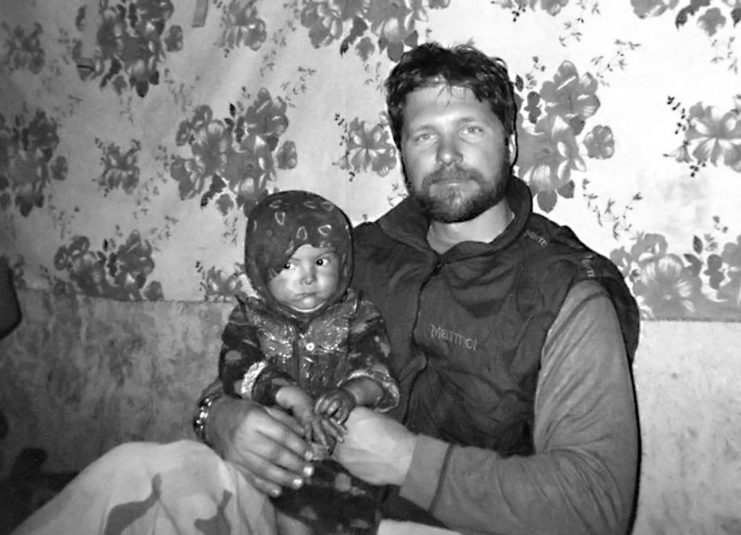
This is where the controversy began, and Chapman’s extraordinary courage against overwhelming odds came to light. Years after his final stand, advancements in video analysis revealed startling new details.
It was discovered that Chapman had survived the initial engagement and continued fighting even after his team had withdrawn. Footage shows him engaging enemy fighters, even defeating one in hand-to-hand combat. He then made his way to a bunker, where he held his position until his last moments, ultimately falling after being hit by an RPG.
John Chapman is posthumously awarded the Medal of Honor
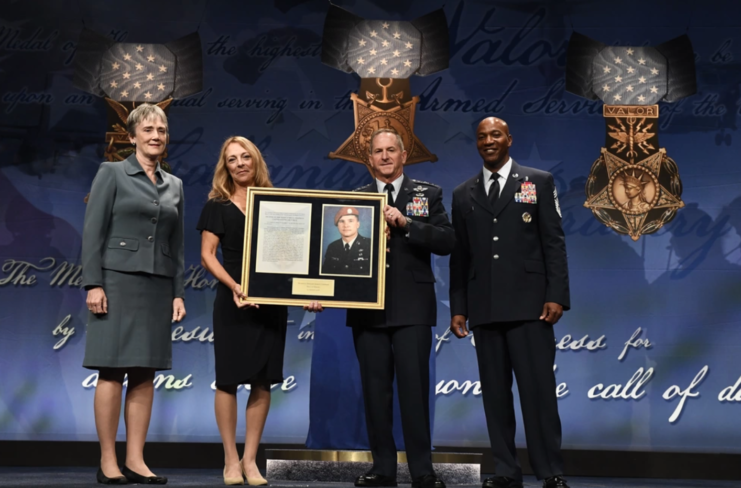
With the new information at hand, John Chapman, who’d posthumously received the Air Force Cross, had his award upgraded to the Medal of Honor. He was also posthumously promoted to master sergeant.
More from us: Gary Wetzel: The MoH Recipient Who Rescued His Commander, Despite Losing His Arm to Enemy Action
While the Battle of Takur Ghar will forever be embroiled in controversy, the gallantry with which Chapman fought until the last moments of his life is beyond contestation. He will forever be enshrined in the halls of military history and has earned the eternal respect of any an all who know that he fought in the now infamous battle.
